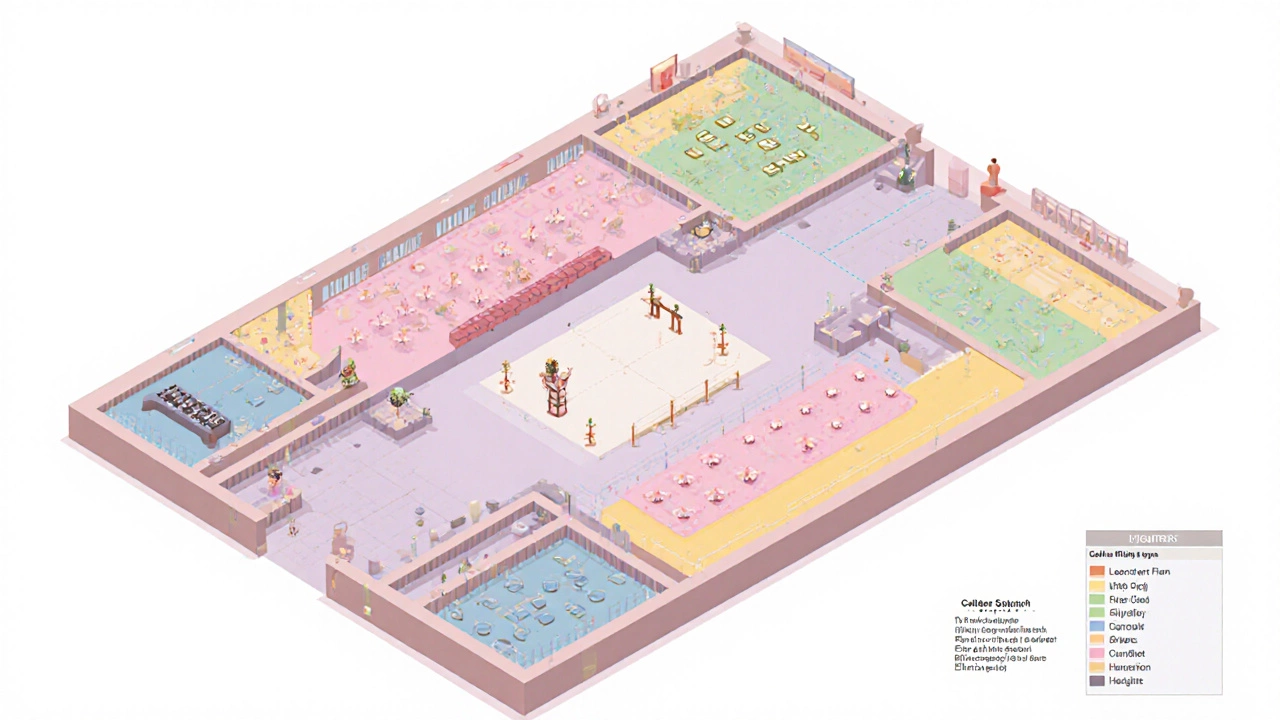Seating Chart Guide: Plan Your Wedding Guest Seats with Ease
When designing a seating chart, a visual plan that assigns each guest to a specific table and seat at your wedding, you’re really managing more than just chairs. It starts with a guest list, the complete roster of everyone you want to celebrate with and ties into the wedding invitation, the first clue guests get about when and where they’ll be seated. A solid wedding timeline, the schedule of ceremony, cocktail hour, and dinner helps you place families and friends at the right moment, while your wedding budget, the financial plan covering venue, catering, and décor often dictates how many tables you can afford. In short, a well‑crafted seating chart turns chaos into order.
Why a Seating Chart Matters
First, a seating chart encompasses the guest list arrangement, meaning every name finds a spot that respects relationships and avoids awkward pairings. Second, it requires coordination with the wedding timeline; you’ll move guests from ceremony seats to reception tables at the right cue. Third, your wedding budget influences the layout—more tables mean higher costs, so the chart often reflects financial limits. Finally, the wedding invitation sets expectations, so the chart must echo any “family tables” or “plus‑one” notes mentioned on the invites.
Most couples start with a spreadsheet or a free online tool. The key is to keep the data live—add new plus‑ones, update RSVP replies, and adjust for last‑minute changes. Visual apps let you drag and drop names, which mirrors the way you’ll actually set up chairs on the day. If you prefer pen and paper, sketch a simple floor plan of your venue, label each table, and write initials on sticky notes. Both methods let you see potential bottlenecks, like too many children at one table or a cluster of guests who don’t know each other.
Common pitfalls include ignoring family dynamics, overlooking accessibility needs, and forgetting about the flow of service. A good seating chart spots seniors who need easy access, places kids near a quieter corner, and groups couples together without isolating them from their wider circle. It also lines up with the wedding timeline—if the cocktail hour starts at 5 p.m., you’ll want guests who mingle early to sit close to the bar, while those headed straight to dinner can be placed near the buffet.
Below you’ll find a curated collection of articles that dive deeper into each piece of the puzzle. From timing your invitation to feeding 100 guests, from choosing car colors to budgeting for a black dress, these posts give you the practical insights you need to fine‑tune your seating plan and keep the day running smoothly.

- Oct, 13 2025
- Comments 0